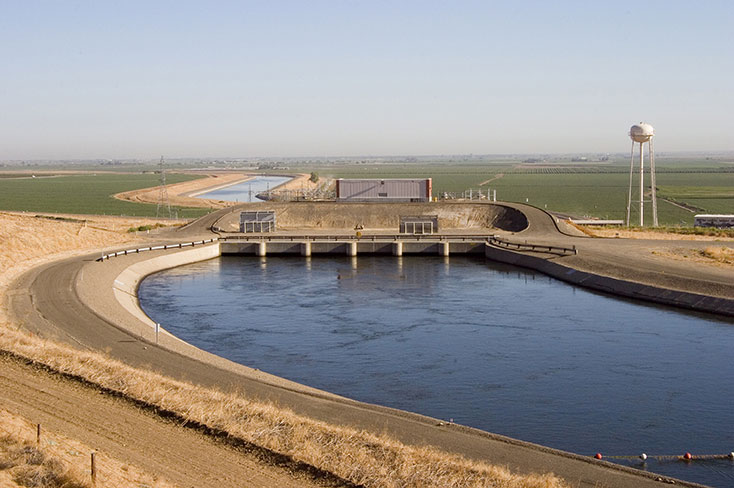The San Joaquin Valley regional planning agencies include: San Joaquin Council of Governments, Stanislaus Council of Governments, Merced County Association of Governments, Madera County Transportation Commission, Fresno Council of Governments, Kings County Association of Governments, Tulare County Association of Governments, and Kern Council of Governments. In 2006, the San Joaquin Valley regional planning agencies expanded their memorandum of understanding to form a Regional Policy Council, comprising two elected officials from each of the eight Valley counties, to discuss and build consensus on issues of Valleywide importance.
The Regional Policy Council, in coordination with the San Joaquin Valley regional planning agencies, has established a legislative platform that reflects the Regional Policy Council’s priorities in state and federal legislative matters. The legislative platform provides guidance when taking action on specific legislative proposals. The platform is intended to provide a unified voice when communicating legislative issues of regional importance to the Valley’s state and federal legislative delegation as well as relevant state and federal agencies.





